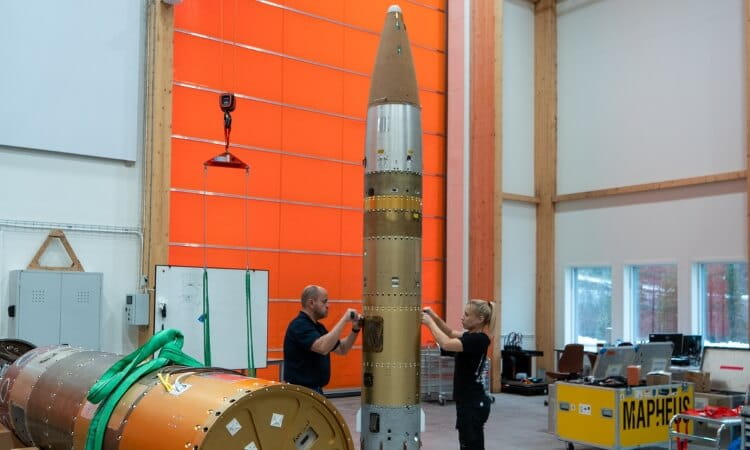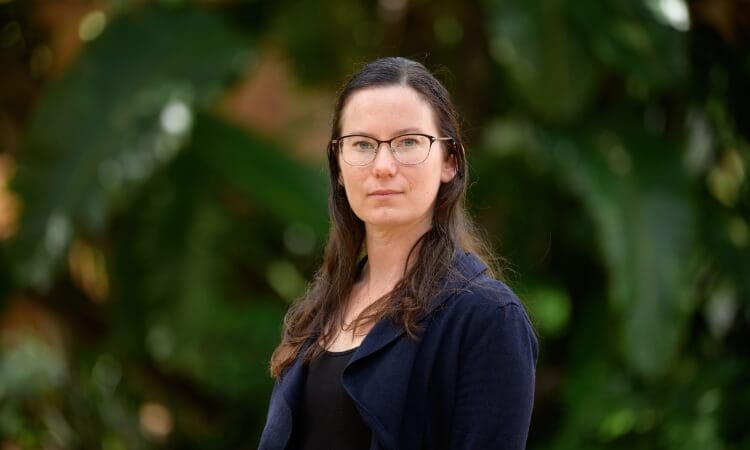As one of Australia’s great natural wonders, the Great Barrier Reef supports both ecosystems and a multitude of industries.
However, this habitat has long been under threat, with global warming, poor water quality and increased coastal construction some of the factors contributing to its decline.
Also on the list are herbicides – and it is this factor that a team of University of Southern Queensland scientists have delved into.
Lead by UniSQ water engineer Dr Kamrun Nahar, the team compiled a review paper on the different herbicides and their impact on the Great Barrier Reef, identifying several parameters which effect the fate and transport of these chemicals.
These parameters can now be incorporated in computer simulations to more accurately model the distribution and movement of herbicides.
“The parameters are grouped into six different categories based on type of crop: crop residues, herbicide application, herbicide properties, environmental data and soil properties,” Dr Nahar said.
“There are many variables at play – we have to consider the breakdown of the product, how long it takes for it to be transported and mixed into the groundwater and then the precipitation of that region, because that accelerates transport.
“While many of these factors have been recognised previously, they are often thought to play a minor role and discounted from modelling calculations.
“However, we must take into account the complex interactions between these factors in order to improve the reliability of our modelling methods.”
Dr Nahar said this project feeds into the body of work supporting the Australian Government’s Reef 2050 Sustainability Plan, which aims to improve water quality, boost biodiversity and limit developmental impacts on the reef.
“The more accurate these models are, the better our predictions on the quality of water are,” Dr Nahar said.
“Thanks to the 2050 long term sustainability plan, there is long-term research happening, and we have already seen that changing some parameters have led to improvements on the reef.
“We hope that the information collected here will assist in developing a framework for future numerical modelling research on herbicide fate and transport and will contribute to changes in weed management practices.”
Learn more about the University of Southern Queensland’s research.



